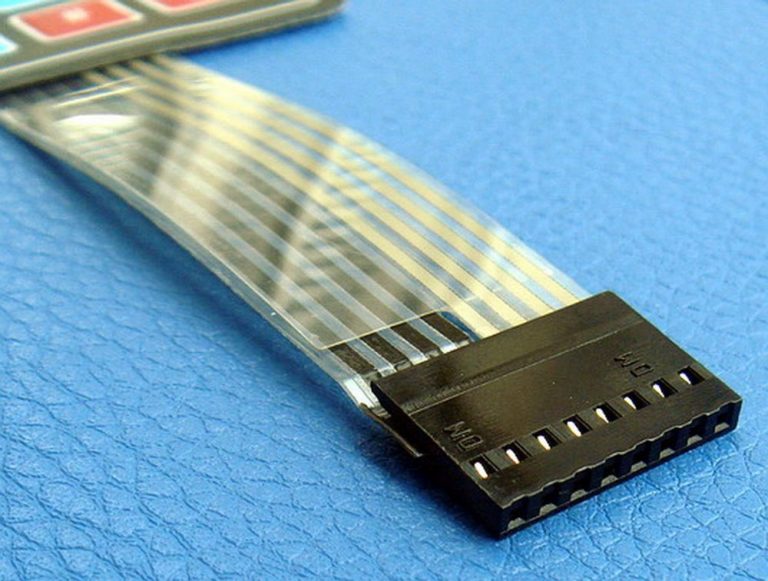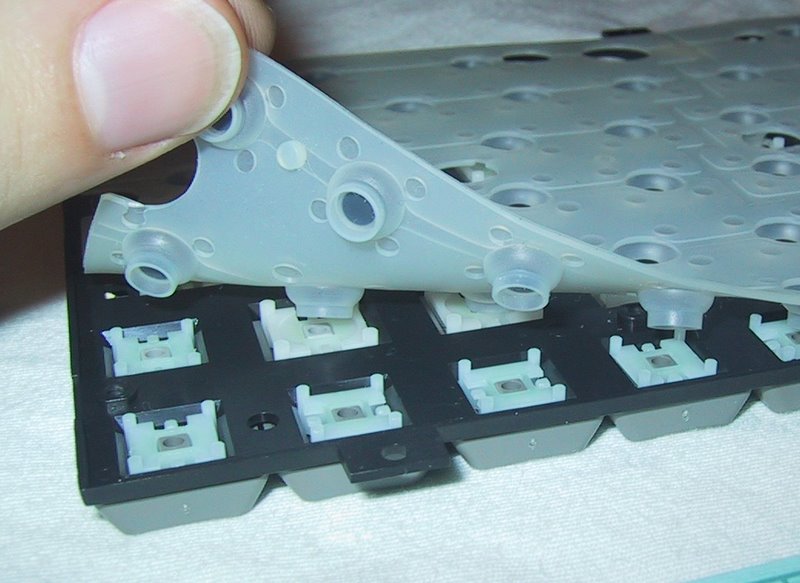Innovations in Membrane Switches for Touch-Sensitive Devices
Innovations in Membrane Switches for Touch-Sensitive Devices
Blog Article
Discover Just How Membrane Switches Feature and Their Duty in Modern Electronic Devices
Membrane Switches stand for an advanced assimilation of technology and layout within the realm of contemporary electronic devices, serving as necessary interfaces in many devices. Comprehending the details of Membrane switch capability and their broader ramifications in boosting user experience invites additional expedition right into their design, advantages, and the cutting-edge developments shaping their future in innovation.
What Are Membrane Buttons?

Membrane buttons are distinguished by their sturdiness and resistance to ecological variables, such as dirt, dampness, and severe temperatures. They can be customized with various graphics, colors, and tactile feedback options, enhancing user experience while maintaining aesthetic appeal - membrane switches. Additionally, the consolidation of printed circuits allows for seamless integration right into tools, boosting total performance.
The versatility of Membrane buttons appears in their capability to support both easy and complicated control functions. They can incorporate features such as LED indications and touch-sensitive innovation, satisfying specific customer demands. As innovation continues to advance, Membrane Switches continue to be necessary for allowing effective and intuitive customer interfaces, consequently playing a pivotal duty in the improvement of modern digital devices.
Elements of Membrane Buttons
Membrane buttons are composed of numerous essential parts that interact to produce a trustworthy and functional user interface. The primary components include the visuals overlay, adhesive layer, spacer layer, and conductive traces.
The graphic overlay offers as the interface, typically published on a flexible substratum such as polyester or polycarbonate. This layer not only offers visual appeal yet also includes responsive comments, aesthetic hints, and protective functions. Under the visuals overlay lies the adhesive layer, which secures the switch to the gadget and ensures longevity against ecological stress and anxieties.
The spacer layer is important for keeping the necessary space in between the visuals overlay and the circuit layer. This gap enables for the activation of the button when stress is used. The conductive traces, generally made from silver or carbon, form the electrical pathways that complete the circuit when the switch is involved.
In addition, a support layer may be consisted of for structural support and insulation. These elements work together flawlessly, ensuring that Membrane switches are both durable and easy to use, making them crucial in various modern electronic applications.
How Membrane Switches Job
Exactly how do Membrane Switches feature properly within digital gadgets? Membrane Switches operate the concepts of pressure-sensitive innovation, using a layered construction that consists of visuals overlays, sticky layers, and conductive elements. When a user uses stress to the switch, the leading layer deforms, enabling the conductive components below to make contact and finish an electric circuit. This activity causes the preferred function within the device.
The design of Membrane switches is crucial for their reliable operation (membrane switches). The layers are meticulously crafted to provide responsive comments, resilience, and resistance to ecological elements such as dampness and dust. The incorporation of domes-- little, elevated areas within the button-- improves responsive reaction, giving individuals with a noticeable click feeling upon activation
Furthermore, Membrane switches can be tailored in terms of dimension, form, and graphics, making them suitable for numerous applications. They are frequently made use of in control panels, medical gadgets, and customer electronics because of their sleek style and integrity. Overall, the effective performance of Membrane switches is essential in boosting user communication and ensuring smooth procedure in modern-day digital gadgets.

Applications in Modern Tools
Using their unique layout and functionality, Membrane buttons have actually come to be integral components in a wide variety of modern-day digital tools. These versatile interfaces are employed in consumer electronics, commercial tools, clinical tools, and automotive controls, providing seamless user interaction.
In customer electronics, Membrane switches are typically discovered in home appliances like microwaves, washing devices, and other household devices, where they enable intuitive control with a sleek account. Their inconspicuous style assists in combination into compact tools, boosting visual charm without endangering performance.
In industrial applications, Membrane Switches act as control panels for machinery, supplying longevity and resistance to rough atmospheres. Their capability to endure moisture and impurities makes them suitable for use in manufacturing and handling markets.
Medical tools likewise benefit from Membrane switches, which are designed to be very easy to clean and keep, guaranteeing health in clinical settings. They are often made use of in analysis devices, patient surveillance systems, and portable clinical gadgets, where integrity is vital.
Advantages of Membrane Switches
Among the key advantages of Membrane buttons is their versatility, which permits them to be tailored for a range of applications across several industries. These buttons can be designed in different forms and sizes, suiting distinct item requirements while supplying seamless combination right into devices. Their slim profile allows a streamlined and small style, frequently boosting the visual appeal of digital items.
Another considerable benefit is their toughness - membrane switches. Membrane switches are usually immune to dust, wetness, and chemicals, making them excellent for harsh atmospheres. This go now strength expands their lifespan compared to standard mechanical buttons, reducing the need for regular substitutes
In addition, Membrane Switches deal cost-effectiveness. The production process involves printing innovations that lessen manufacturing costs, especially for big runs. This cost, combined with reduced upkeep needs, makes them an appealing option for producers.

Final Thought
In conclusion, Membrane Switches represent a substantial improvement in user interface modern technology within contemporary electronics. As the need for resistant and instinctive user interfaces continues to grow, the function of Membrane switches in forming individual experience will unquestionably expand.
Membrane Switches stand for a sophisticated assimilation of innovation and design within the world of modern electronic devices, serving as essential user interfaces in numerous check gadgets.In the realm of contemporary electronic devices, Membrane Switches serve as important components that promote user communication a knockout post with devices. As innovation proceeds to develop, Membrane Switches remain necessary for enabling effective and instinctive user interfaces, consequently playing a pivotal function in the innovation of modern electronic gadgets.
Just how do Membrane Switches function efficiently within digital tools? In general, the effective performance of Membrane buttons is pivotal in enhancing individual communication and ensuring seamless operation in contemporary digital tools.
Report this page